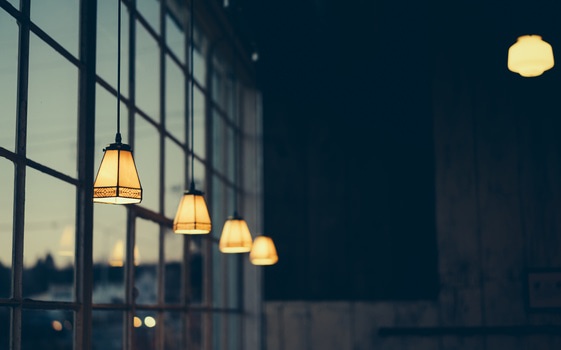I’ve been wanting to spend more time developing my illustration skills, and after an inspiring trip to HOW 2012 in Boston I got the jump start I was looking for. Last year, I did a bunch of reading about personal style and determined that my personal style is Classic. The classic style clothing, accessories, and…
Category: Pattern Project

Tessellate repeating pattern for Phoenix Design Week
Although I wouldn’t label all of my work as minimalist, it is heavily informed by many of the same principles. Perhaps this comes from my background in graphic design. I appreciate the elegance of minimalism in the same way an engineer would appreciate the simplicity and efficiency of a well-designed machine with no redundant or extraneous parts. However, minimalism seems to be a style that…

Nautical Patterns
This blue pattern is an abstraction of an anchor shape
